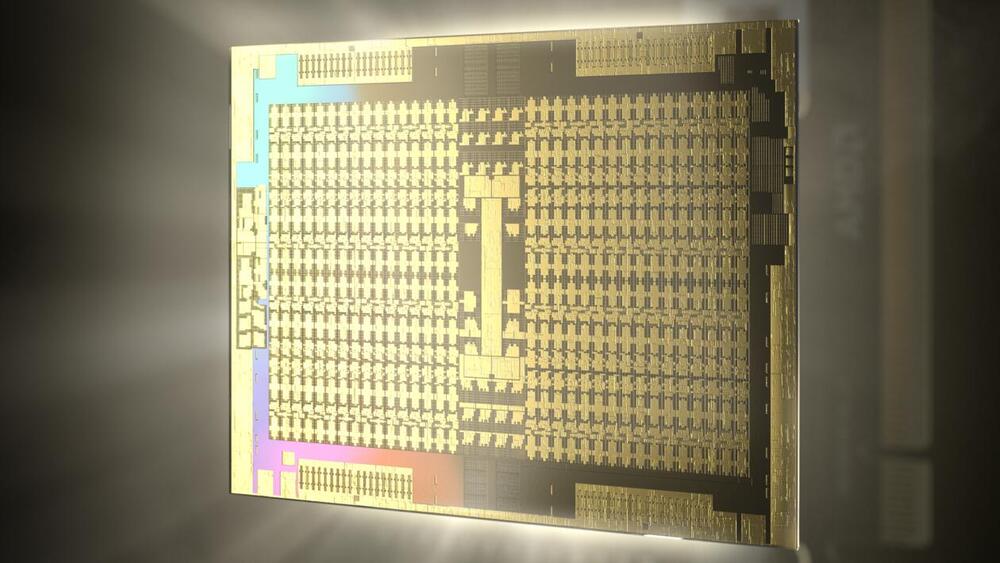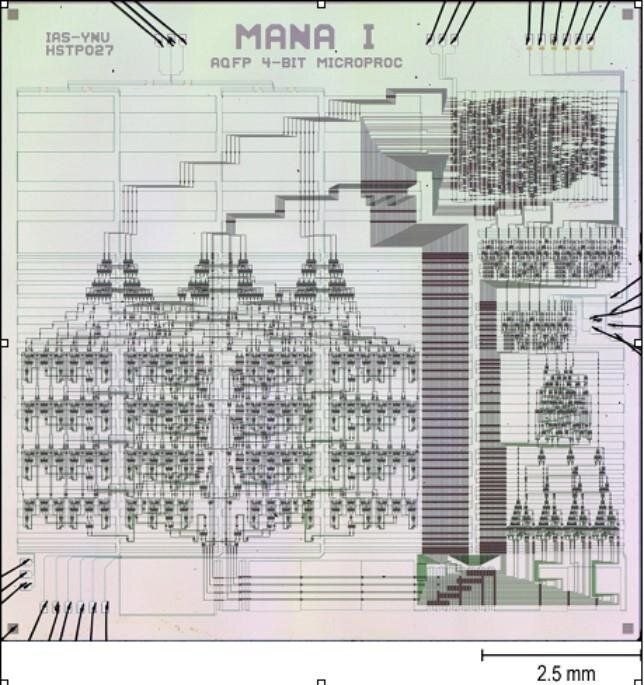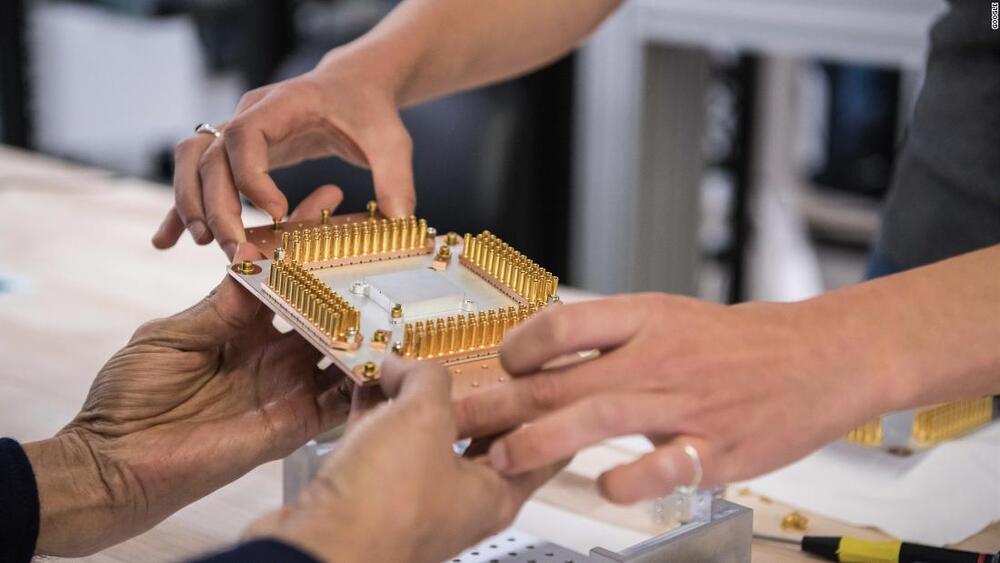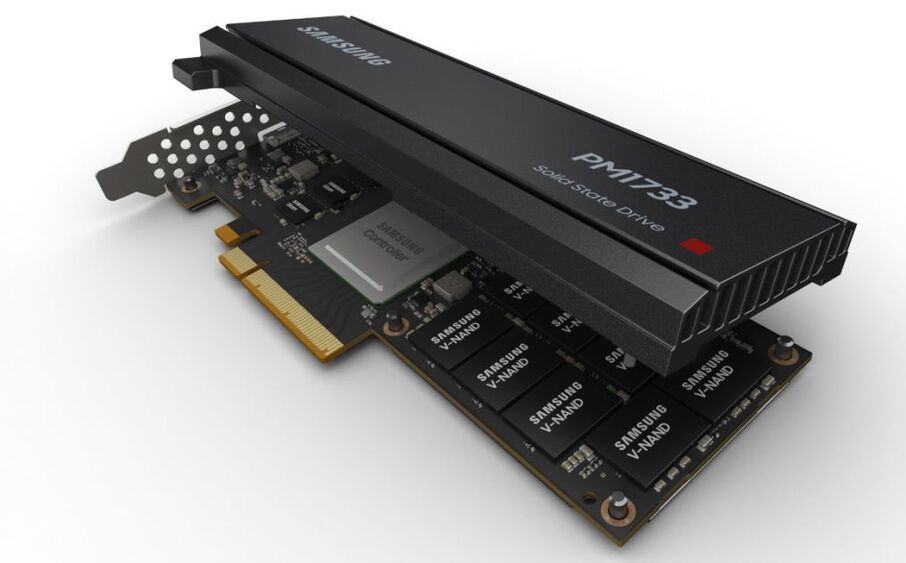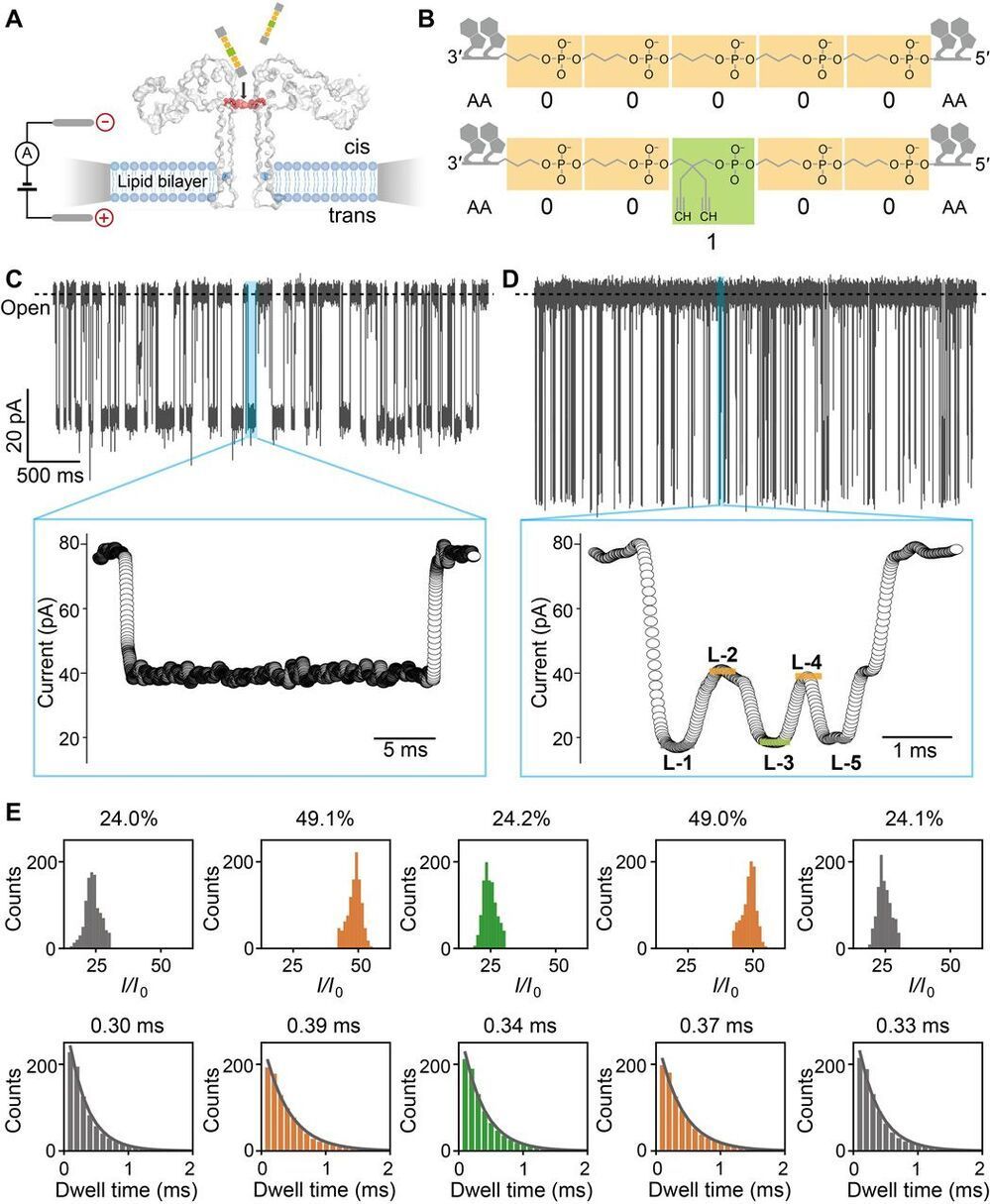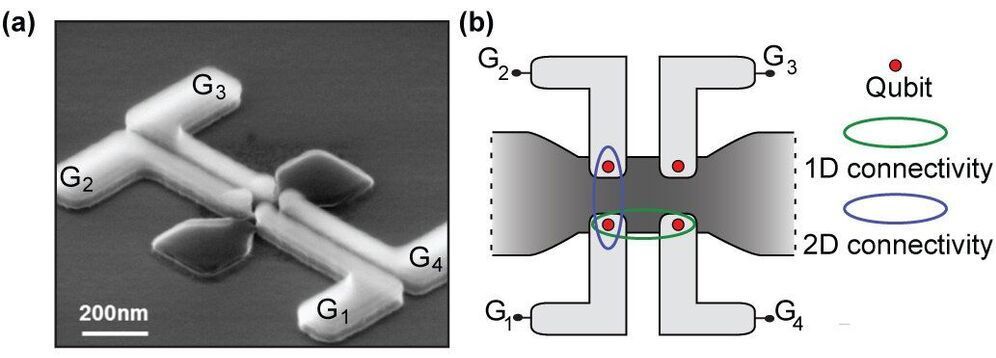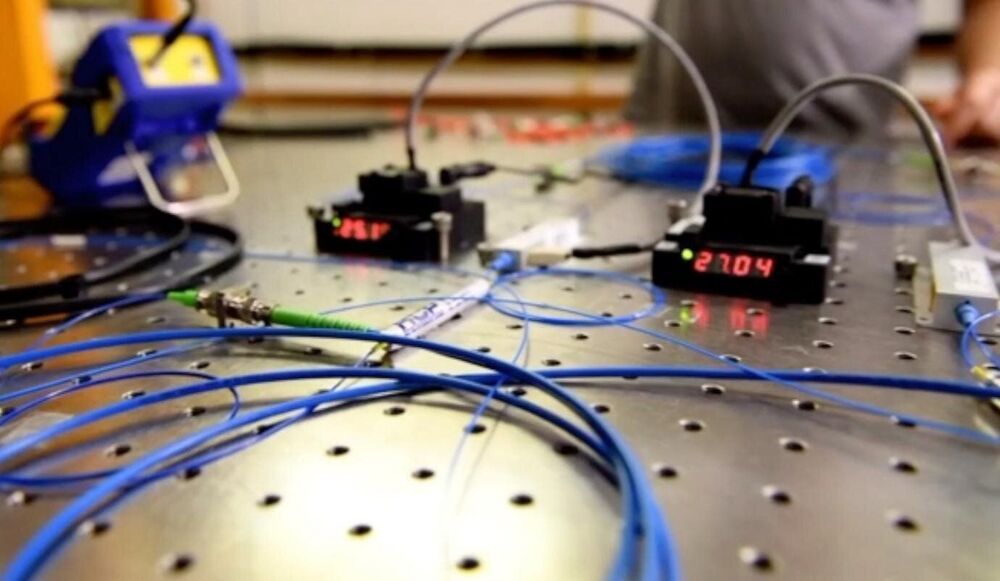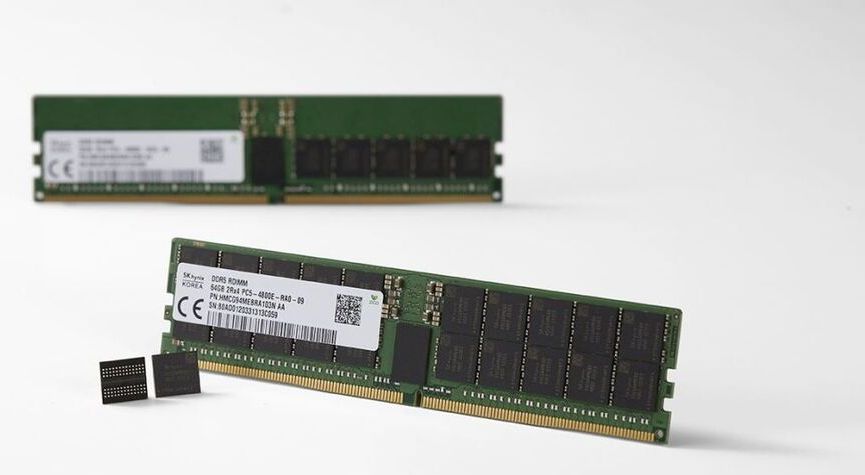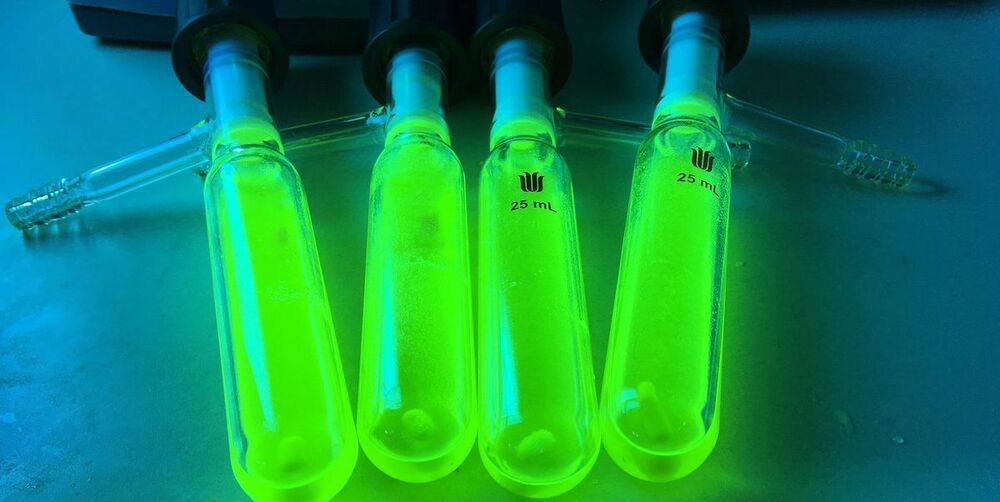AMD has filed a patent for something that everyone knew would eventually happen: an MCM GPU Chiplet design. Spotted by LaFriteDavid over at Twitter and published on Freepatents.com, the document shows how AMD plans to build a GPU chiplet graphics card that is eerily reminiscent of its MCM based CPU designs. With NVIDIA working on its own MCM design with Hopper architecture, it’s about time that we left monolithic GPU designs in the past and enable truly exponential performance growth.
AMD patents GPU chiplet design for future graphics cards
The patent points out that one of the reasons why MCM GPUs have not been attempted in the past is due to the high latency between chiplets, programming models and it being harder to implement parallelism. AMD’s patent attempts to solve all these problems by using an on-package interconnect it calls the high bandwidth passive crosslink. This would enable each GPU chiplet to communicate with the CPU directly as well as other chiplets via the passive crosslink. Each GPU would also feature its own cache. This design appears to suggest that each GPU chiplet will be a GPU in its own right and fully addressable by the operating system.
